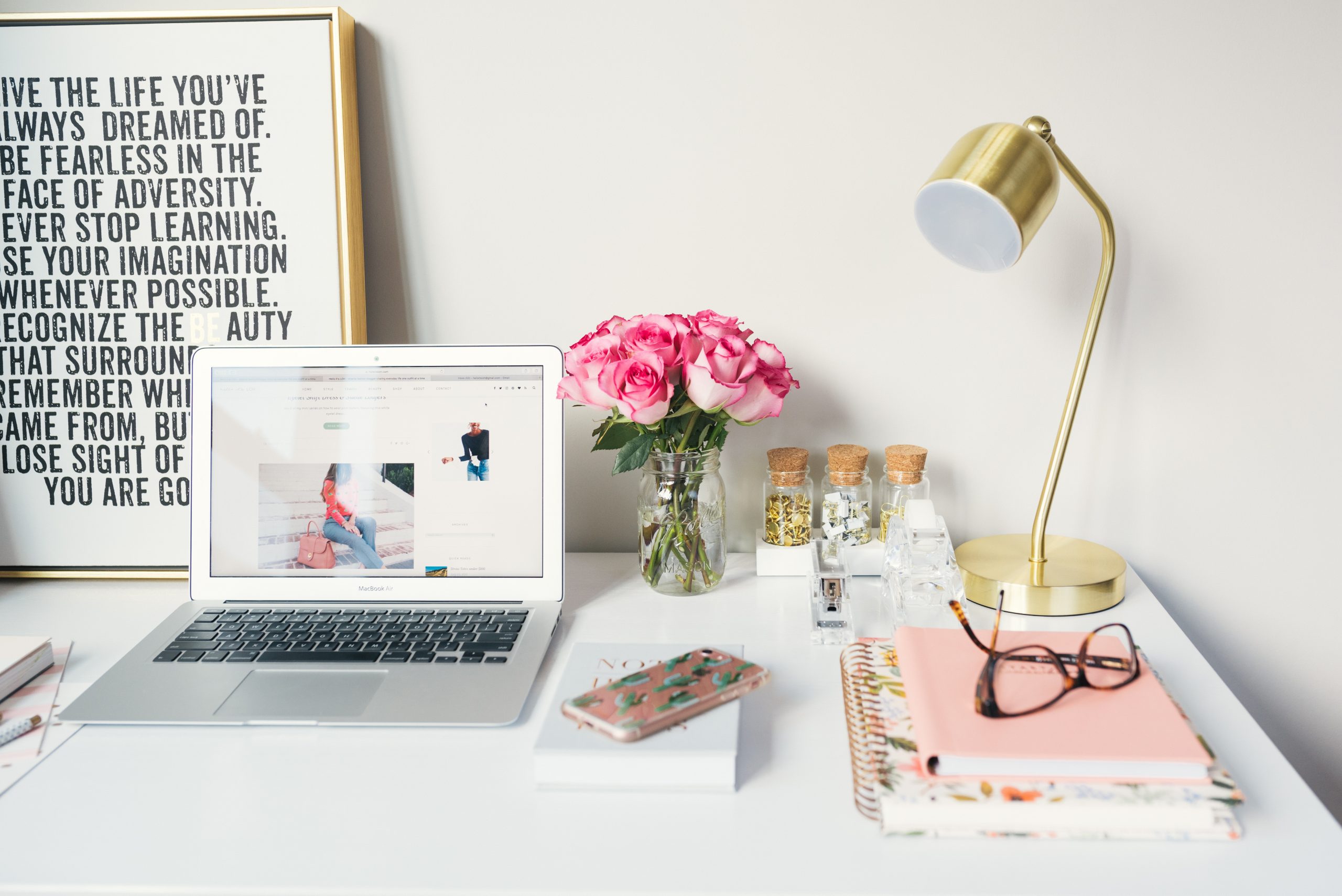How often do you work from home? No matter where you work, having a home office in your Havenwood home is a great idea. Maybe you’ll use it to keep track of home administration tasks (like paying bills and keeping records). Perhaps other family members will use it for work or study, too. Either way, a home office can offer a quiet place to get things done. Your home office should be a space that promotes productivity and creativity, but achieving this requires careful planning and design. Today, let’s dive into some helpful considerations.
1. Choose the Right Location
The first step in designing a productive home office is selecting the right location. If possible, choose a quiet and well-lit room away from distractions. Natural light can boost your mood and energy levels, making it easier to stay on task. Additionally, consider the proximity to the rest of your home to maintain a healthy work-life balance. Many of our Cresleigh Homes include a flexible space that can be converted into a den, playroom, or office.
2. Ergonomic Furniture
Though it may be tempting to find a beautiful piece that looks great, consider comfort in your home office as a top priority. An ergonomic chair that supports your spine and a desk at the right height can prevent discomfort and long-term health issues. Your workspace should encourage good posture and provide comfort during long hours of work.
3. Declutter and Organize
A cluttered workspace can lead to mental clutter. Keep your home office organized by using shelves, cabinets, and storage solutions to minimize distractions. A tidy environment helps you stay focused and reduces the time wasted searching for misplaced items. Think about the way you currently store important documents and supplies. Consider functionality before fashion when it comes to a productive home office.
4. Personalize Your Space
Everyone works better when they’re in a great mood. Personalization can boost your motivation and creativity. Decorate your home office with items that inspire you, such as artwork, motivational quotes, or plants (remember, faux is fine!). Create a space that reflects your personality and makes you excited to work.
5. Technology and Connectivity
This step isn’t exciting, but it’s necessary. Ensure that you have a fast and stable internet connection, as well as up-to-date hardware and software. You may need to consider how to reorient your modem or wireless router. Organize your cables and wires to prevent tangling and tripping hazards. There are great ways to hide cords, too.
6. Multi-Functional Design
If you have limited space, consider a multi-functional office design. Wall-mounted desks, foldable furniture, and compact storage options can help you make the most of a small area. A flexible design allows you to adapt your workspace to different tasks and needs.
Make It Your Own
You’ll be most productive when you feel at home in your space! Take the time to “feather your nest,” and make your home office a place you love to be. You’ll get your best work done in a room that feels comfortable and nurturing. Then, sit back and check off that task-list!


LEAVE A COMMENT